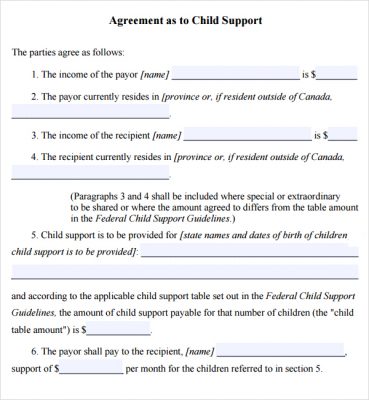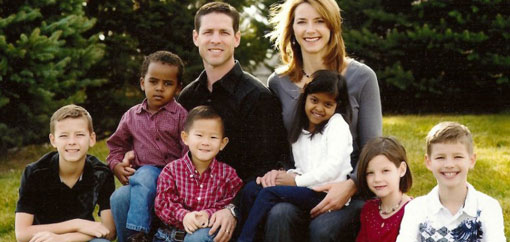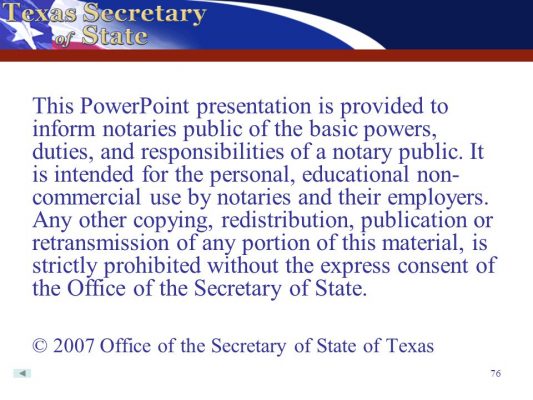Although in reality both father and mother, can get the physical custody of a child and make almost all agreements outside of court, when it is in the hands of the judge of the family to make the decision on custody, usually you will be given the preference to the parent who has care “primarily” of the child.
The standard of the “primary caretaker”
In custody cases, most family courts state they will prefer to the father(mother) to demonstrate that cared primarily for children during the course of the marriage, or assumed that role in general, if the parents are not married. The theme of the “primary caretaker” took on relevance when psychologists began to note the importance of the link between a child and its primary caretaker. This emotional bond is considered to be important to the child during their developmental stages, and psychologists recommend that a continuing relationship between the child and his primary caretaker after a divorce; because that is vital to the psychological stability of the child.
How do you determine the guardian of a minor?
When determining which parent will be the guardian, the courts focus on the direct responsibilities of a primary caretaker, for example:
- Bathe, dress and fix the minor;
- Plan and prepare food;
- Buy clothing and wash clothing;
- Take care of the health of the child;
- Participate in the parenting and in the extracurricular activities of the child; and
- To teach skills of reading, writing and mathematics.
Depending on the state where the determination of custody, there are other factors that may be considered important in setting the guardian. Even events such as exposure to cigarette smoke, or volunteering in the child’s school, are considered important to the analysis of the guardian parent.
If the question on who will be the “primary caretaker” of the child will not easily respond — as in cases where both parents have shared responsibility for the children equally — the cuts will be based on the standard of “what is best for their interests” when determining custody of the child.









